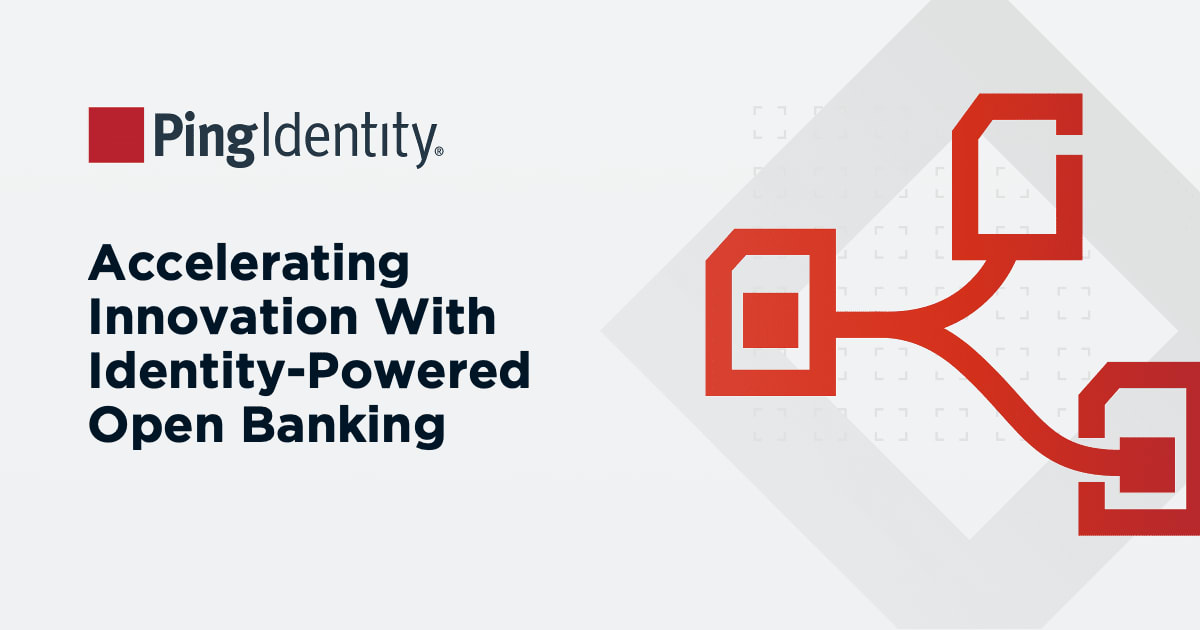In 2021, temporary and contract staffing made up more than 14 million members of the workforce. While the numbers have fluctuated, the preceding decade never saw that number dip below 10 million, and in some years exceeded 14 million. Contract workers remain essential to business, often filling strategic roles and those that call for specialized skills. However, in the digital age, these workers pose some challenges, particularly around cybersecurity.
Cybersecurity breaches in the United States in 2022 cost an average of $9.44 million, and attack techniques are only increasing in sophistication. Traditional security methods like employee identity and access management (IAM) protocols may no longer be sufficient for a company's protection against growing cybersecurity threats.
How do contract workers increase cybersecurity risks?
Companies that employ contract workers may face some specific cybersecurity risks as a result of qualities specific to these types of employees. Since contractors have the potential to frequently move from company to company, they may have access to private data from numerous sources, with little accountability.
Contractors may also be under less scrutiny than other workers, especially if they are working on a limited or temporary basis. They can pose threats to cybersecurity through human error, data mismanagement, or malicious activity, particularly the use of a device infected with malware.
Types of cybersecurity risks associated with contract workers
To do their jobs, contractors may have access to networks, internal drives, and sensitive data. Here's why that can pose risks.
- Limited control and oversight: Contractors may not be subject to the same level of scrutiny or oversight as regular employees, which could potentially allow negligent or malicious activity to go unnoticed.
- Insufficient training: It can be difficult for companies to offer contract employees the same level of training that regular employees receive. For example, some companies may provide more general company-wide training on an annual schedule. As a result, a planned cybersecurity training program may not coincide with the duration of a contract.
- Device security: Contract workers often use their own devices or work remotely. This increases the potential for security breaches from insecure networks or compromised devices.
- Access privileges: To effectively perform their jobs, contractors may need access to specific networks or systems. A company without a robust digital identity strategy may have vulnerabilities related to this relatively unmonitored access.
The U.S. government has been making policy changes and initiatives in order to address cybersecurity threats. Some of these factors, such as multi-factor authentication (MFA) and passwordless authentication, may help to reduce some of the vulnerabilities associated with contract workers.
How to reduce cybersecurity risks associated with contract workers
When working with contractors, it may be necessary to consider additional cybersecurity measures. Reducing or eliminating the unique security risks and vulnerabilities posed by contract workers can involve a mix of new technologies and procedural changes.
- Cloud technology: Cloud identity solutions can help to ensure the identity of those accessing privileged company information. It can also reduce the vulnerabilities of device-stored data by offering protected interactions on the cloud.
- Identity governance: Identity governance enables organizations to prevent inappropriate access and comply with regulations.
As with any potential cyberthreat, keeping an ongoing watch for suspicious activity is one of the most important ways to reduce the risk of an attack, and minimize the damage if it occurs.
How to recover from a cybersecurity breach
The first thing to recognize is that it's important to act quickly. Depending on how the breach occurred, if the problem is unaddressed, malicious actors could further exploit the vulnerability that led to the breach and perpetuate the damage.
- Identify and contain the breach: Identifying and addressing a breach should be the first priority following detection. Try to isolate affected systems or networks in order to prevent an attacker from causing further damage. Preserving evidence can also help during investigation.
- Notify affected parties: Nobody wants to hear their private data has been compromised, especially if it comes as the result of a seemingly preventable cyberattack. In some jurisdictions, a company may be legally required to report cybersecurity breaches.
- Restore systems and data: Restoring a network to normal operation may involve using data backups, reinstalling software, and replacing compromised hardware.
- Implement measures to prevent future attacks: After recovering from a breach, it's important to take steps to ensure that a similar breach won't happen again. Try to close any security gaps, and provide additional employee training if necessary.
Recovering from a cybersecurity breach can be a long and expensive process. However, knowing how to react and what a restoration entails can help to plan for this type of disaster.
Choosing contract workers
To reduce potential security concerns when hiring contract workers, try to take these activities into consideration:
- Background checks: Before hiring a contractor, perform a background check to ensure their identity, history, and qualifications.
- Regular security audits: Monitoring and performing regular security audits on contractor activities can help to ensure they are acting responsibly and with cybersecurity in mind. This can also be a good way to ensure all workers are on the same page when it comes to taking adequate security measures.
- Provide secure equipment: A good way to avoid issues with device security is to provide workers with secure, company-managed equipment.
- Communication: Establishing easy and open communication with contractors helps ensure they feel comfortable and compelled to report potential security issues they encounter.
Ultimately, hiring contract workers should, whenever possible, involve the same rigorous vetting that other employees require.
Additional risk factors
There are many potential sources of cybersecurity risk for a business. Some of these could potentially stem from contractors, but could come from other sources as well.
- Phishing: Malicious actors can pose as authority figures in order to steal information, such as login credentials. Phishing can stem from social engineering attacks, as well as malicious links made to look legitimate.
- Ransomware: Malware attacks such as ransomware hold access to information, computer systems, or networks hostage until a ransom is paid. Ransomware attacks accounted for over a billion cyber attacks since 2020.
- AI-powered cyberattacks: While AI has powerful uses in cybersecurity, it is also helping malicious actors to execute more authentic-looking attacks and it makes it far easier to impersonate others to carry out fraud, such as account takeover.
Cyberattacks are only becoming more sophisticated and more targeted, which means companies need to take a proactive and sustained approach to cybersecurity.
Options for legal recourse
If your business experiences a data breach due to the actions of a contractor, it may be prudent to look into legal actions. Depending on the nature of the breach, or the location it occurred, the contractor may be legally liable. Consult with legal counsel, who can inform you of the relevant state and federal violations that may have occurred.

